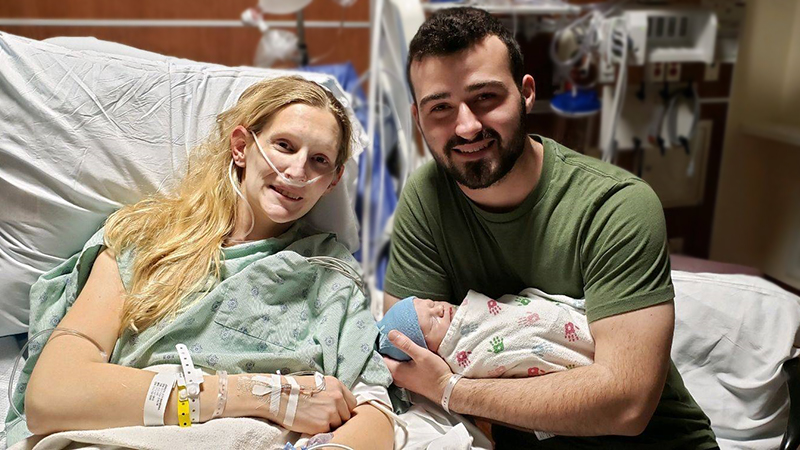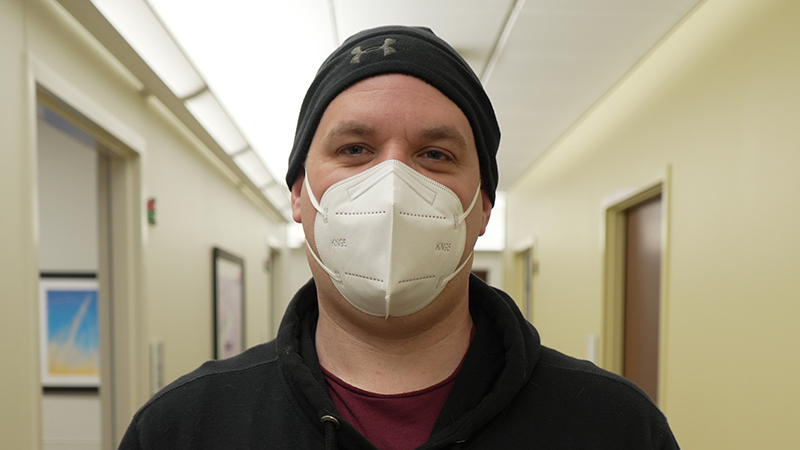Anticoagulant
A medication called an anticoagulant, also known as a blood thinner, is used to treat deep vein thrombosis. An anticoagulant prevents an existing blood clot from getting larger and helps prevent new blood clots. They do not dissolve a blood clot that is already formed; however, the body will absorb the clot over time.
At first, your treatment may include two anticoagulants at the same time (one administered intravenously or injected into the skin and one taken by mouth). After the oral medication becomes effective by itself, you may not need the second medication.
Depending on the type of anticoagulant, a blood test, called the International Normalized Ratio (INR), may be needed to make sure you're taking the right dose of medicine. Your primary physician will determine how often you have to have your INR checked, if necessary, and how long you will take this medication.
Anticoagulants can cause side effects; bleeding is the most common side effect. It is important to discuss these side effects with your physician or pharmacist.
Thrombolytic therapy
In certain situations, a thrombolytic medication may be used to dissolve the blood clot. This medication is injected through a catheter into the veins.




